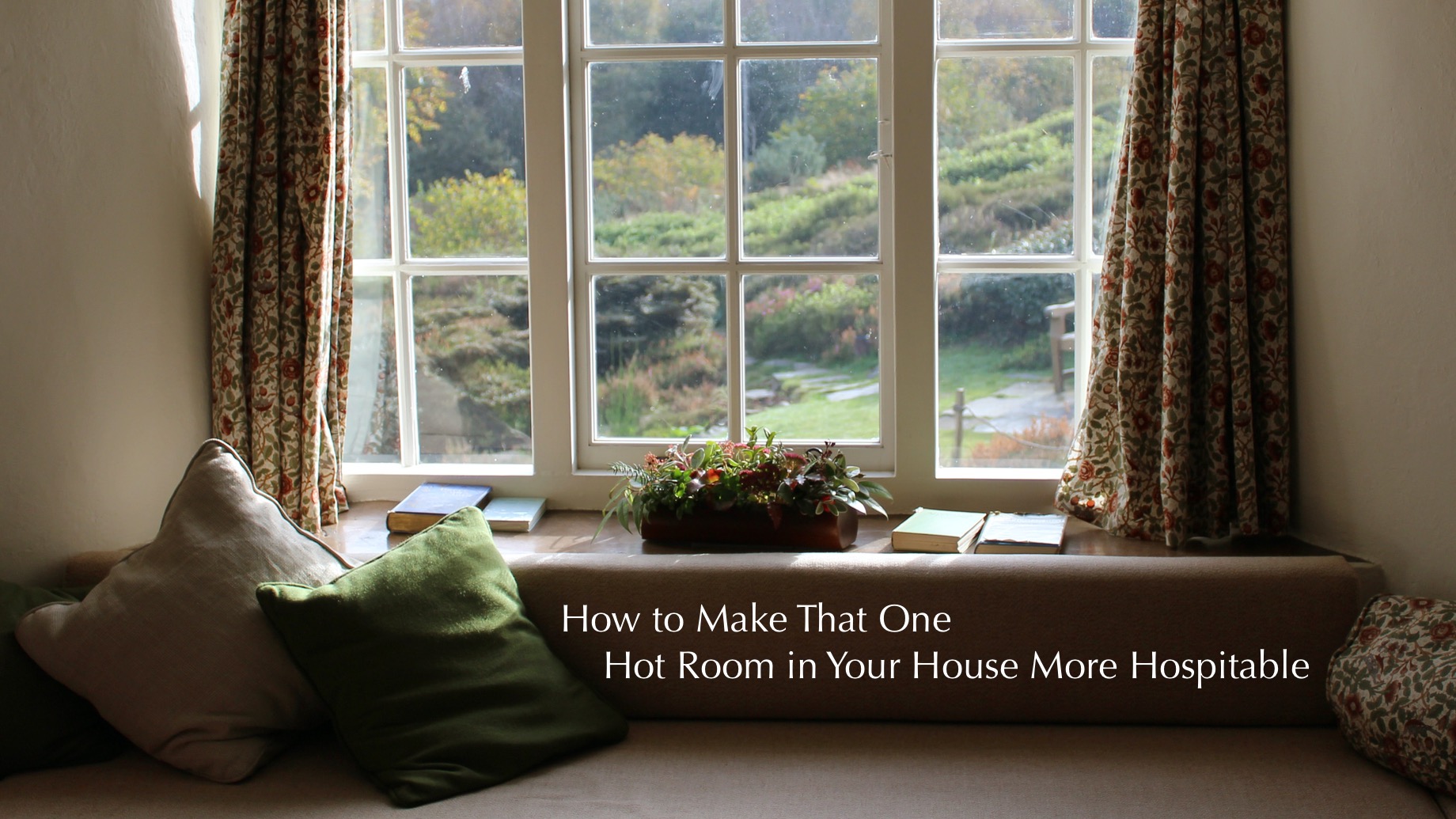
Are you tired of figuring out what to do with that hot and stuffy room in your house that no one wants to stay in? If you are, then it may be time to make a few home adjustments so you can fully enjoy every square foot of your home.
There could be several causes of uneven temperature in a house, such as clogged air ducts, lack of ventilation, or having too many windows. The layout of your home may also create a warming effect.
Here’s what you can do to cool down a room that easily gets too warm so you can convert it into a comfortable sleeping space, home office, or any type of room you want.
1. Use Window Treatments
In coming up with ways to cool a room, sometimes the answer is really simple: curtains. As soon as sunlight hits an area of your home that doesn’t have curtains, you’ll definitely feel the heat.
Basic light-colored curtains can already make a noticeable difference, while you may want to avoid dark textiles that absorb the heat. If you want to invest in more effective temperature control products, consider getting blackout curtains, which serve a dual-purpose of keeping the heat out in the summer and trapping it in during the winter. Thermal curtains are also becoming more popular. They’re designed with insulation properties that dampen sound and block out sunlight.
2. Ensure That Your Insulation Is Up to Par
Most people understand the importance of attic or ceiling insulation in keeping a room nice and cozy. But if you’ve been living in your house for several years without checking on the condition of your insulation, it may be the main cause of uneven temperatures around your home.
Poor insulation is a notorious culprit for making rooms hotter or colder than desired. To avoid issues that are tied to inadequate insulation, the best solution is to conduct a home energy audit, which is something you can do yourself or hire a professional for.
An energy audit will help you identify the areas in your home that’s creating a higher energy demand than necessary, such as that hot room that needs more energy to cool down than other areas of the house. Aside from that however, an energy audit will also help lower your monthly utility bill once the changes suggested are implemented. This can add a lot to your savings in the long run.
3. Keep Air Vents Open
Ventilation and air circulation plays a big part in creating a cozy home. If you’ve been closing your air vents because you heard it’s better for energy-efficiency, you’re not only obstructing proper airflow, but also causing heat to build up. If you want a comfortable and even temperature in your home, it’s important to keep all return vents and air supplies open.
Creating a cross-breeze is also a cost-efficient way of allowing heat to flow out. If you plan on renovating the room, you can add two windows across one another so cool air can displace the hot air as a breeze passes through the room.
4. Turn Off Heat-Producing Electronics and Light Fixtures
Many of the electronics we frequently use, such as computers, consoles, televisions, and kitchen appliances are big heat-generators. And for a room that already has ventilation problems, you can bet that it can get really hot, really fast. But even your lighting fixtures can contribute to the uncomfortable heat.
Many types of light bulbs give off heat, including the ones that are considered more environment-friendly like CFL or LED. In fact, many believe that opting for LED lighting should take care of any heating issues in their homes, but that’s not entirely true.
LED light bulbs can still produce heat due to the light-generating process that happens within the device itself. While it is significantly less compared to earlier types of lamps, you should still turn off LED devices and other electronics if you’re not using them.
5. Choose Lightweight Fabrics
If that hot room in your home happens to be a bedroom, skip the silk and polyester in favor of cotton bedsheets. They’re light, breathable, and excellent even for hot sleepers who want to get a good night’s rest. Percale cotton, in particular, is known for having an airy feel so you’re less likely to be bothered by your body retaining heat.
Another popular choice for sheets is linen. While not as smooth to the touch as cotton, linen fabrics are 30% stronger and can be just as breathable. Both types of natural fibers, cotton and linen, are great for keeping your room cool, so it all boils down to personal preference in the end.
With a Few Small Tweaks, Your Entire Home Can Be a Hospitable Place for the Family
There’s no better time than now to learn how to cool a room efficiently so you can cut back on those energy bills and provide your family enhanced comfort during the hotter days of the year. And the best part is that many of the adjustments don’t have to cost a fortune. Just follow these easy steps and you can easily turn that hot room into a favorite living space for everyone.